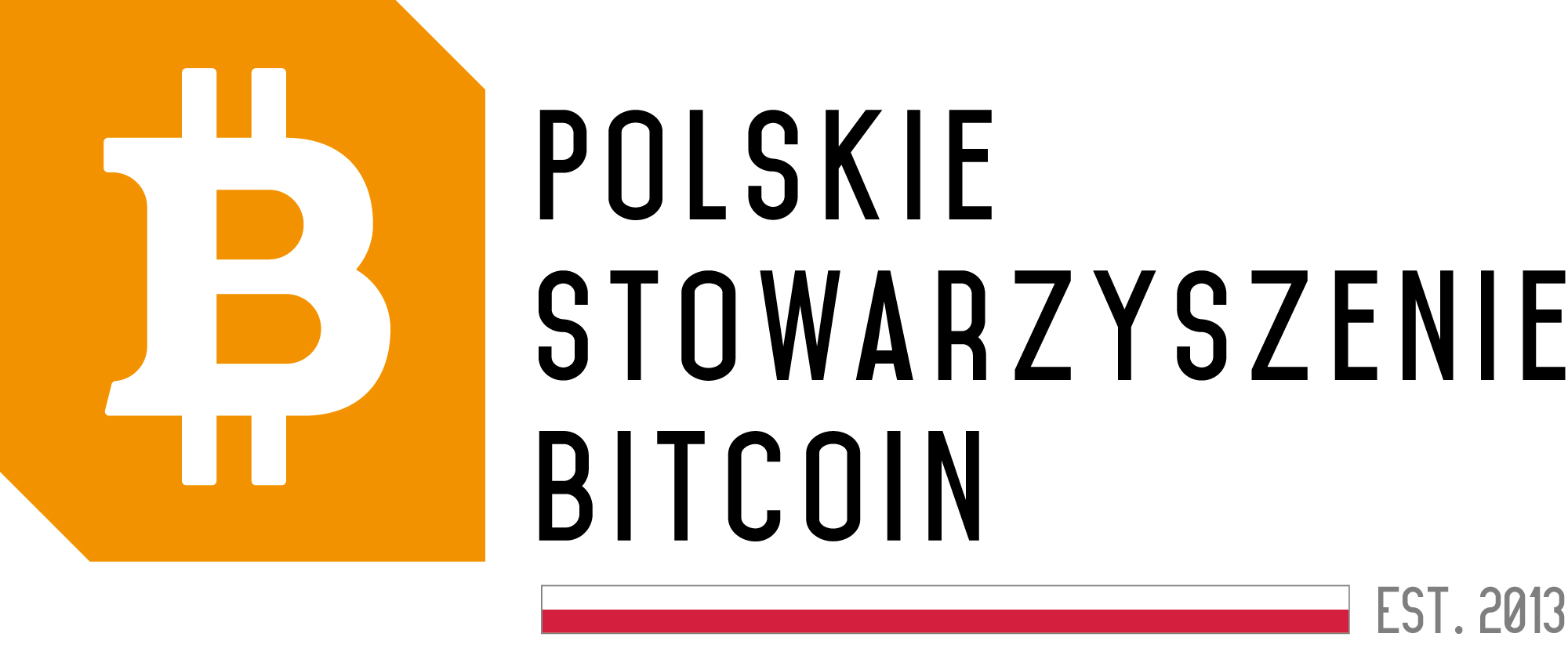Bitcoin Halving and Interoperability Between Blockchains: Key Concepts in the Cryptocurrency Ecosystem
Bitcoin halving is a process that reduces the number of new Bitcoins entering circulation by 50% approximately every four years, leading to decreased rewards for miners and impacting network congestion and transaction fees. The previous three Bitcoin halvings occurred in 2012, 2016, and 2020, with the next one expected in April 2024. This process will continue until 2140, when the last Bitcoin will be mined.
Bitcoin and Interoperability Between Blockchains
Interoperability between blockchains refers to the ability of different blockchain networks to freely share information and value, enabling users and assets to move between chains more efficiently. Despite its original design as a non-interoperable chain, Bitcoin’s dominance in the cryptocurrency market and its influence on scarcity and value make it significant in discussions about interoperability.
The Significance of Interoperability Solutions Between Blockchains
Investors seek alternative options on other blockchains during Bitcoin halving periods, which creates the need for developing interoperability solutions between blockchains. These solutions are crucial for improving market efficiency, reducing arbitrage opportunities, and ensuring liquidity across different blockchain networks.
Impact of Bitcoin Halving Events on the Market
During Bitcoin halving events, market volatility increases, and investors react to the changing supply dynamics. This highlights the importance of efficient capital allocation facilitated by interoperability solutions between blockchains.
Interoperability Solutions Between Blockchains and Market Liquidity
Tokens based on other blockchains, such as Wrapped Bitcoin (WBTC), reflect the impact of interoperability between blockchains on market liquidity and efficiency. The intricate relationship between Bitcoin halving events, market volatility, and interoperability solutions between blockchains plays a significant role in shaping a more connected and efficient financial future for blockchain networks and users.






